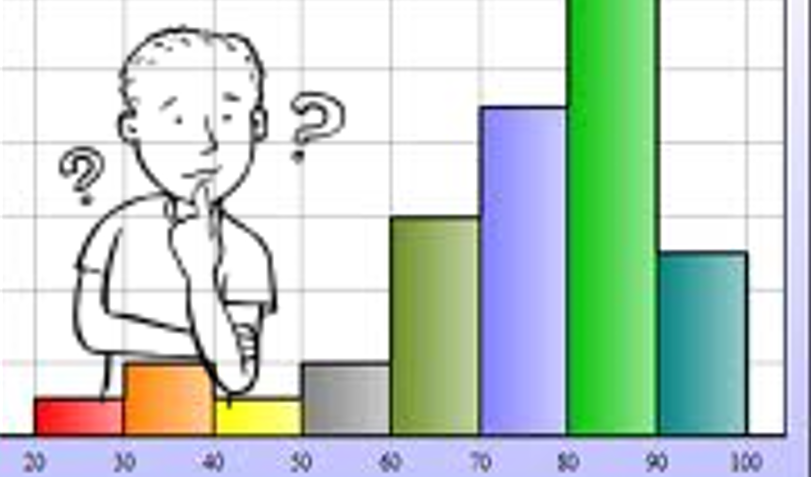Summary
This lesson is designed to guide students in the construction of regular polygons with the use of the dynamic software, Geometer’s Sketchpad. Using their laptops, students view a preparatory video on how to construct geometric shapes. They work in small groups of three to help each other create regular polygon shapes on paper (first) using packet materials distributed by the teacher via SchoolSpace. Next, students use Geometer’s Sketchpad to construct polygon shapes. After they have successfully learned the process for creating shapes, their final task is to create a unique tile pattern that could be used on a floor, wall, building, etc.
TIPC Ratings
Students work in groups to research Vesica Piscis and how it relates to shapes, the use of shapes, intersection, proportioning, and architecture. Students become familiar with Vesica Piscis by citing authentic examples. They locate four or five pictures that are unique and interesting as examples of Vesica Piscis and prepare a written explanation of the shapes they observe in these pictures related to Vesica Piscis. They also prepare answers to questions that they anticipate the class will ask regarding their pictures and research.
During this lesson, students group themselves in teams of three and experiment with the creation of numerous regular polygon shapes. They help each other create these shapes on paper first then with the use of Geometer’s Sketchpad software. They demonstrate the ability to create norms for group interaction, articulate their thoughts and ideas effectively regarding regular polygons which can be challenging to produce. Therefore, the groups are not successful until each member completes the final activity of creating a unique tile pattern. In this way, they collaborate to support each other and share the responsibility for the completion of all activities.
Students have to distinguish between regular polygon shapes and polygon shapes in order to complete the activities in this lesson. Therefore, students respond to the following questions as they discuss them in their small groups. How does a polygon differ from a regular polygon? How do you find the area of a regular polygon? How do you find the perimeter of a regular hexagon? Can a regular octagon have an area of 10 units? How are polygons classified? Give examples of shapes that are not classified as polygons and tell why the figure is not a polygon. The teacher displays a quilt design and asks students to identify the polygon shapes that are repeated in the design. Thus, students have to analyze, interpret, evaluate and summarize what the shapes they see in the quilt design.
Having researched and observed numerous regular polygon shapes and figures, students now have the challenge of creating their own unique and interesting tile pattern that can be used for flooring, wall paper, patterns, on a building (architecture), etc. Students use Geometer’s Sketchpad to produce these unique tile patterns.





